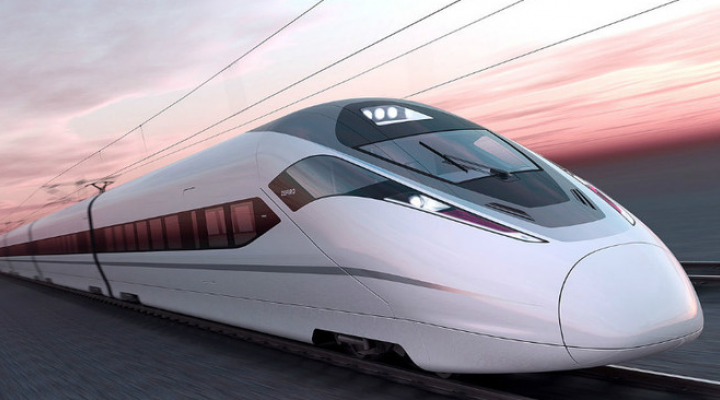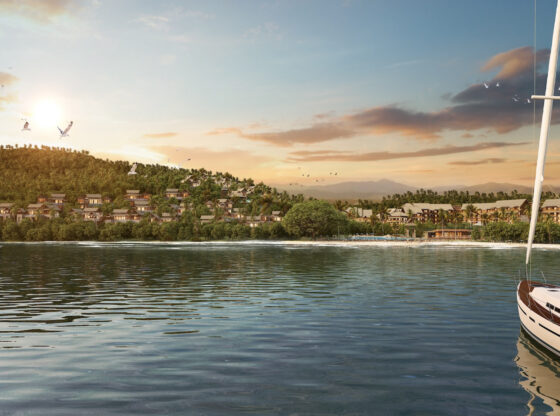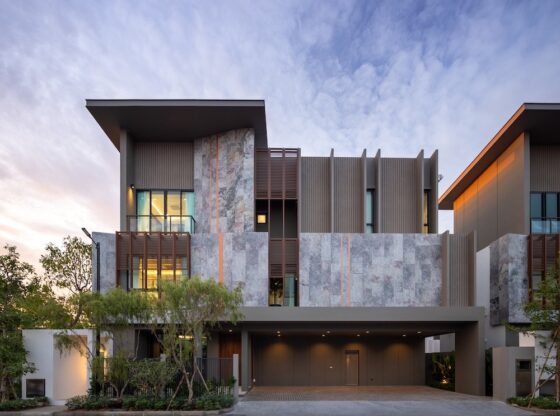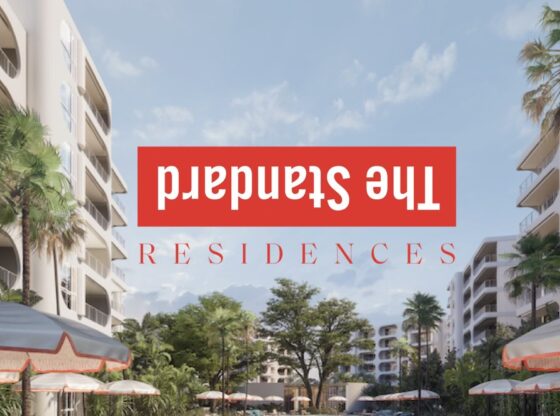![]()
Almost every real estate boom in developing countries is at its core an infrastructure play.
Did you ever notice that new airports are usually on the edge of town while those more than 20 years old seem to be in the middle?
That’s because infrastructure of that magnitude tends to reorient the nucleus of a metropolitan area.
A good example is the rise of Suvarnabhumi International Airport in Bangkok.
Eight years ago it was a far flung outpost. Now industry, commerce and residences have swollen up all around Asia’s third busiest airport as it undergoes its second expansion.
In fact all of the urban sprawl experienced in Bangkok during the last 18 years has been preceded by transportation infrastructure.
The BTS, the MRT, the Airport Link, etc.
It seems that once people can get somewhere, they start going there and working, and living and urbanizing.
But that’s just infrastructure that moves people around. As important as it is to us, there’s an even bigger picture to be viewed when it comes to infrastructure.
Moving “stuff” from one place to another. Raw materials, industrial equipment, parts, products, imports, exports and all the “stuff” that drives real commerce and industry has to get where it’s going too.
Previously we looked at some of the infrastructure projects currently affecting residents, landowners and investors in East Pattaya. Now we are going to zoom our focus out a little to get a bigger picture.
To adequately get your head around the infrastructure play in East Pattaya, you need to get a firm understanding of 4 things:
1) the Eastern Economic Corridor (EEC)
2) The Port at Laem Chabang
3) Utapao International Airport and 4) the Sino-Thai Railway.
The EEC
According to a promo-presentation put out by the Thai Board of Investment, “The Thai Government has made its Area-Based Development Policy a high priority in order to spread prosperity throughout the entire country and to maximize the advantage of Thailand’s excellent strategic location that links the Asian regions together. The policy will lead to concrete economic activities, especially in the eastern part of Thailand which is geographically outstanding and capable of supporting the development of the country’s infrastructure, economy and drive the country towards Thailand 4.0”.The government has initiated measures to develop the Eastern Economic Corridor (EEC) and expects the development of the EEC to be concrete, rapid and successful.”
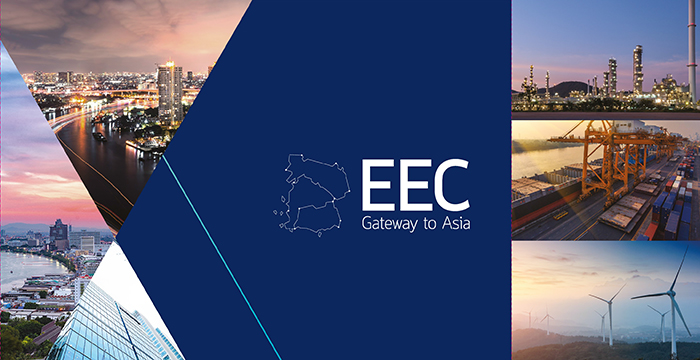
The BOI document goes on to say that measures to promote investment in the EEC will target high-tech, innovative and eco-friendly business activities to develop industrial areas in the EEC.
The EEC, which covers Chachoengsao, Chonburi and Rayong provinces, will become the hub of a plethora of new business endeavors from nine targeted industries:
• next-generation automotive
• smart electronics
• affluent medical and wellness tourism
• food for the future, automation and robotics
• aviation
• biochemical & petrochemical products
• digital
• medical hub
The Eastern Seaboard of Thailand is already responsible for more than 20% of Thailand’s GDP.
In case you didn’t know, these three provinces are chockfull of industrial parks performing all manner of production from vehicle assembly plants to condom factories.
Put simply, the EEC is already the breadbasket of Thailand and it’s about to increase its capacity ten-fold.
Port of Laem Chabang
A lot expatriates live in “the corridor” and don’t really know what’s there.
They hear about this place called “Laem Chabang” and drive past on the motorway.
Most people think it’s a golf course.
So here are some numbers you might want to know about the Deep Sea Port of Laem Chabang.
It is Thailand’s largest seaport and among the top 20 worldwide.
The port covers nearly 3,000 acres of land.
Laem Chabang hosts 7,000 vessels and cruise ships a year.
Laem Chabang’s primary business is the handling of cargo container ships.
The port currently handles 10 million 20 foot containers per year. A massive industrial estate surrounds the port turning raw materials into products and assembling parts into finished goods.
Laem Chabang’s second largest freight category is automobiles. Honda, Isuzu, Nissan, Toyota, Ford, Mazda, General Motors and Mitsubishi have sunk massive investments in the industrial estates with free trade zones on Thailand’s eastern seaboard. Mitsubishi’s manufacturing site is only 3.5 km from the port.
Part of the Thai government’s ambitious infrastructure expansion will increase the number of containers this port will handle to 18 million. The plan will add a third bigger deeper basin, add cargo check gates to reduce congestion and make Laem Chabang the primary port in all of ASEAN.

Utapao International Airport
Meanwhile, on the other side of Pattaya a new international air hub is quietly taking shape.
Utapao Airport is located south of Pattaya in Rayong Province.
Originally an American air base used for support during the Vietnam War, it has slowly crept into the air traffic conversation. Plans for expansion have been kicked into high gear by the current leadership and
is on its way to becoming one of the busiest airports in the region.
When the third phase of expansion is complete, including another runway, Utapao will be able to handle more than 3 million passengers a year.
Besides the obvious impact of tourism to the area, we should also pay attention to the commercial implications.
Utapao boasts a B-52 runway left behind by the American military.
That means there is no aircraft too large to land there.
Massive cargo planes can land, unload, load and refuel easily.
What’s more, Thailand is already making a play to become a Maintenance, Repair and Overhaul (MRO) facility competing with more expensive and over-burdened hubs like Singapore.
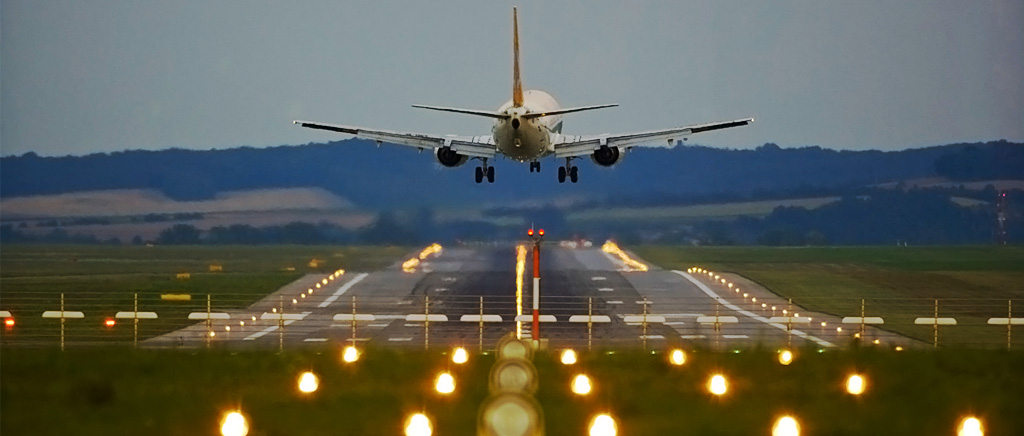
Sino-Thai Railway
When the prevailing government took a hard look at their infrastructure challenges, one issue stood out.
The fact that Thailand logistically depends on an overworked system of roads.
A staggering 87.5 % of people and products are moved by road. The inefficiency of this system cannot be overstated.
Only 1.4% of Thailand’s freight transportation is accomplished by rail. Prime Minister Chan-Ocha aims to fix that.
A ridiculous amount of money is being thrown at developing modern rail systems in Thailand with more projects than be counted.
The one we should be most concerned about is the much ballyhooed Sino-Thai Railway, a high-speed train connecting China with the Gulf of Thailand. One leg of the railway runs from Bangkok right down the Eastern Seaboard to Rayong.
In November of 2014, Thailand and China signed a memorandum of understanding to build the Thai portion of the transnational railway running from Kunming, China to the Gulf of Thailand.
There have been some bumps in the road, but last week the Thai Prime Minister said he is considering use of Article 44, a part of the Thai constitution that allows the government to fast track (pardon the pun) projects essential to the public good.
We should conclude that the Sino-Thai Railway is coming. In fact construction has already begun.
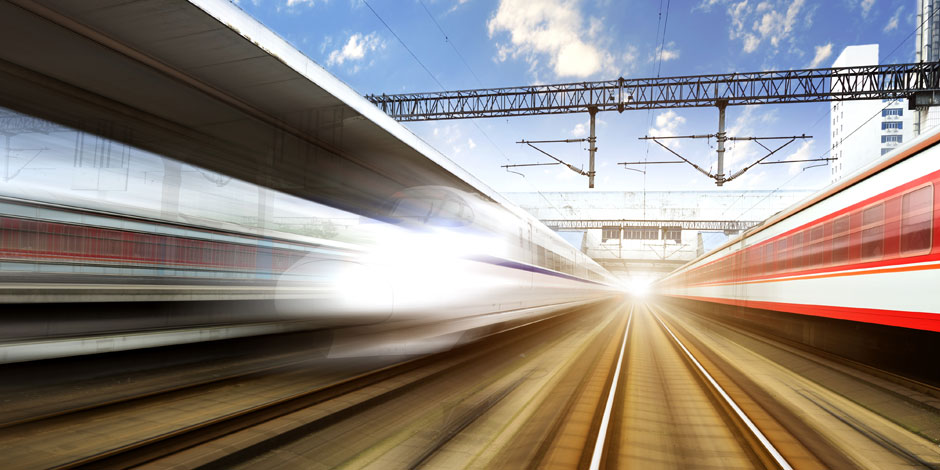
Sandwiched
So why is any of this important to residents and investors in East Pattaya?
Let’s review:
We have a government determined to make Thailand’s Eastern Seaboard the economic driving force of, not just a nation, but all of ASEAN. Tax breaks for foreign investment and a focused effort to drag Thailand onto the world economic stage in a much brighter light means lots of money, jobs and people are all on the way.
We have an already significant deep water port in expansion mode with dozens of industrial estates bursting at the seams. Laem Chabang will increase its capacity by 80% in the next few years.
In case you didn’t read last month’s article called “Surf’s up in East Pattaya”, a massive eight-lane motorway connecting this port all the way to Rayong cuts right through the heart of East Pattaya.
We have the expansion of Utapao International Airport, a facility that already boasts a huge runway but will increase its capacity for passengers by 150% and is already bidding for huge chunks of commercial and MRO business.
And finally we are getting a high speed railway that connects the Eastern Seaboard with the hottest economy with the most people on the planet.
And guess what? It goes right through East Pattaya too.
So, if you’re a Chinese family hopping the high-speed train to Thailand for some fun in the sun, your first stop is on the Eastern Seaboard is East Pattaya.
Similarly, if you are a pent-up Chinese businessman itching to get to Thailand for some relaxation, golf and possibly casino gambling (hey, read the papers … it could happen), your first stop is where? You guessed it … East Pattaya.
“Fast Train to Thailand” …. It could be the title of a Chinese country song.
Container ships to the north, airplanes to the south and a space-train right through the middle.
Three ways for money, people and jobs to be delivered right to our back door.
Landowners and developers in East Pattaya are licking their chops.
Condos, houses, shopping malls and office buildings will sprout out of the ground like wildflowers. Last month we looked at some major players already putting money in play.
Anyone getting in early will be dining on this infrastructure sandwich for many years to come.
By Bart Walters


